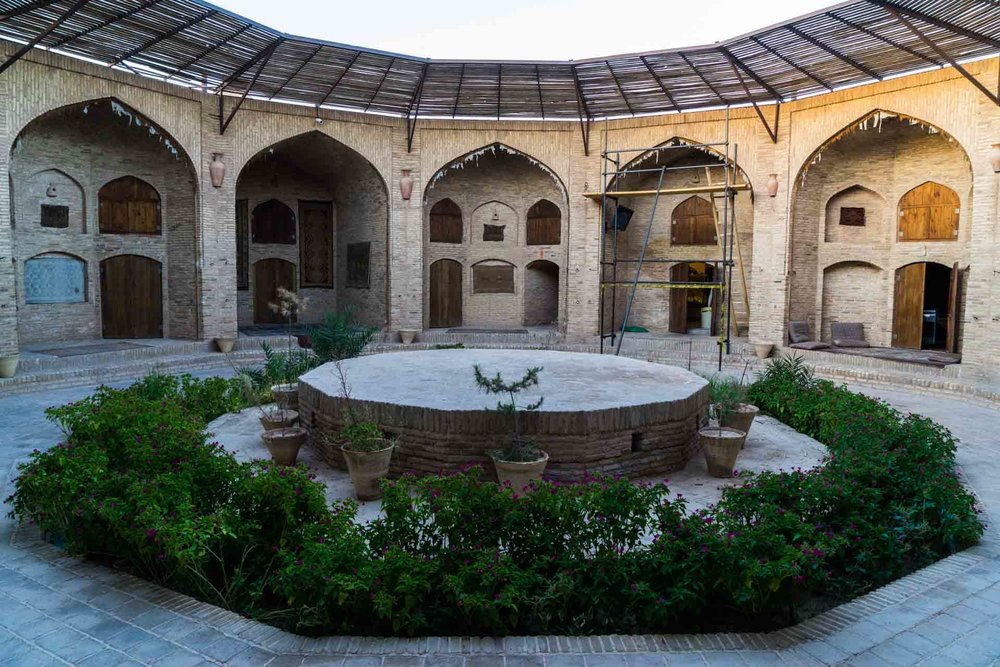Caravanserais, ancient roadside inns

TEHRAN – Along the major roads that connect Iranian cities one can see many abandoned caravanserais, ancient roadside inns that brought comfort to travelers and their livestock on trade routes, including those on the legendary Silk Road.
For the time being, caravanserais have largely lost their old usage and popularity as places to stay on the road and are considered more for their historical and architectural aspects rather than for any practical purposes.
Under initiative plans by Iran tourism body, many of such caravanserais have been ceded to the private sector for better maintenance. Some have been exclusively renovated and tuned into impressive boutique hotels and tourist lodgings.
Caravansary is a compound word combining “caravan” with “sara”. The first stand for a group of travelers and sara means the building.
Caravanserais often had massive portals with elevated surrounding walls. Architectural styles of caravanserai reflect local styles and the construction materials available in each geographical locality.
Guest rooms were constructed around the courtyard and the stables were located behind them with their doors in the corners of the yard.
The earliest caravanserais in the county were built in Achaemenid era (circa 550 -330 BC). Such roadside inns was thriving upon the development of road systems and the increase in the number of travelers and merchants.
Shah Abbas I (1571-1629) is credited with building a network of caravanserais across Iran during the much later Safavid dynasty.
PHOTO: A view of the restored Zeinoddin Caravanserai in Yazd, the 16th-century structure has been turned into a tourist lodging.
AFM/MG
Leave a Comment